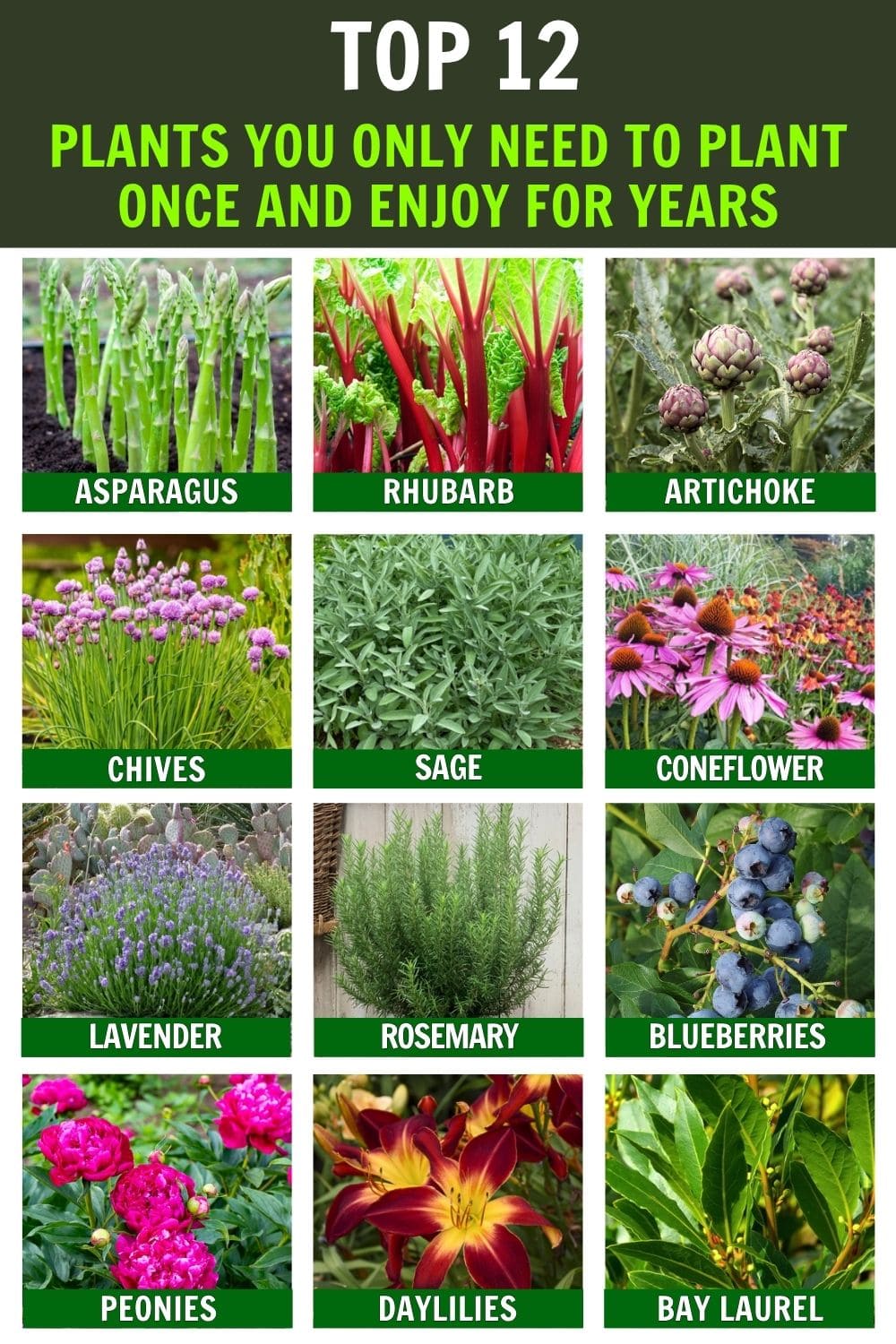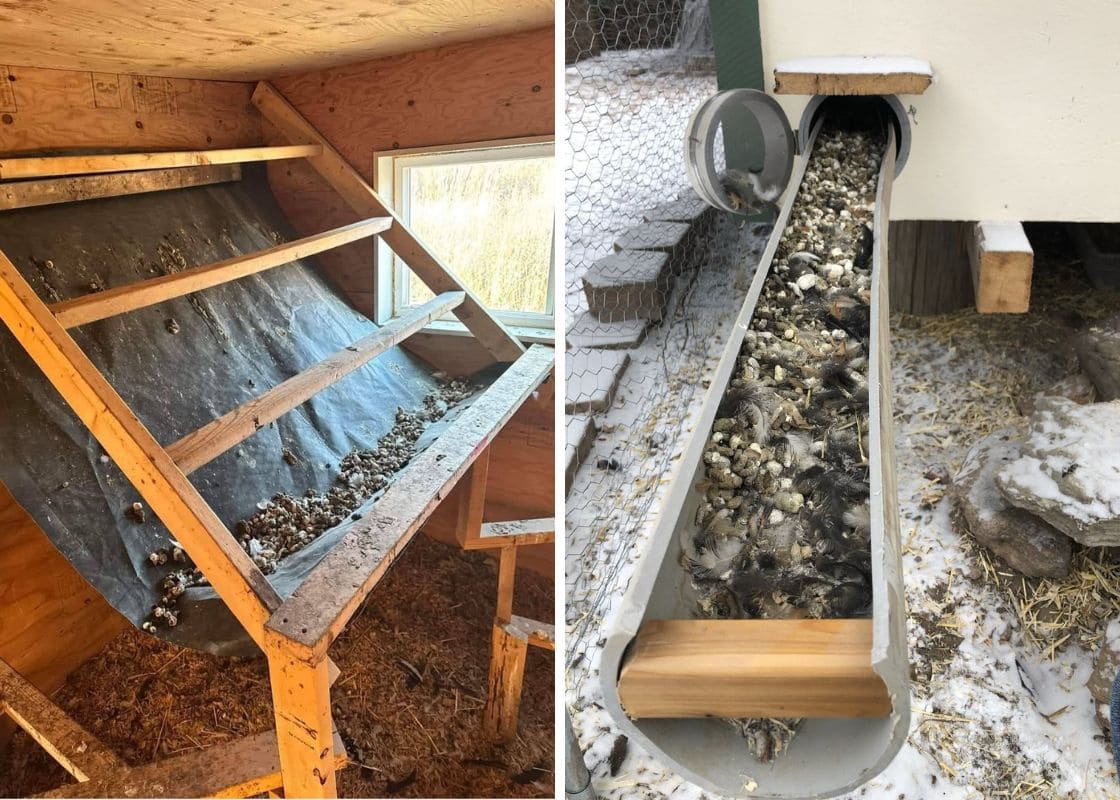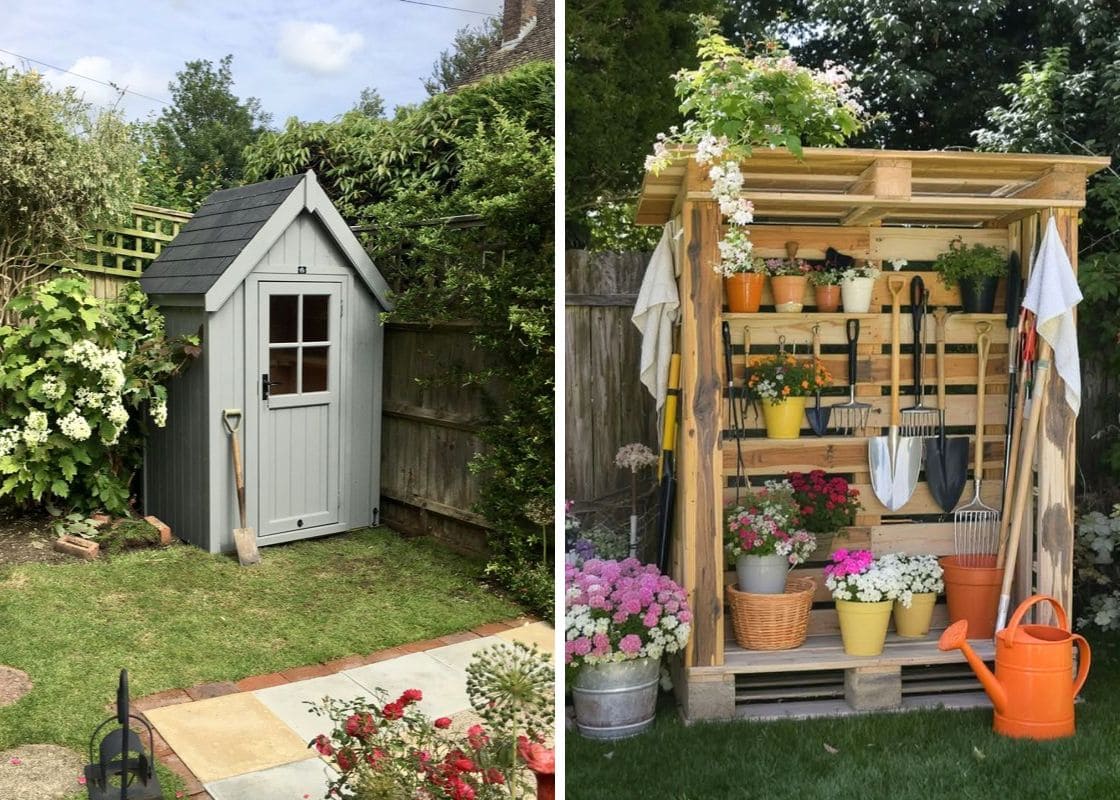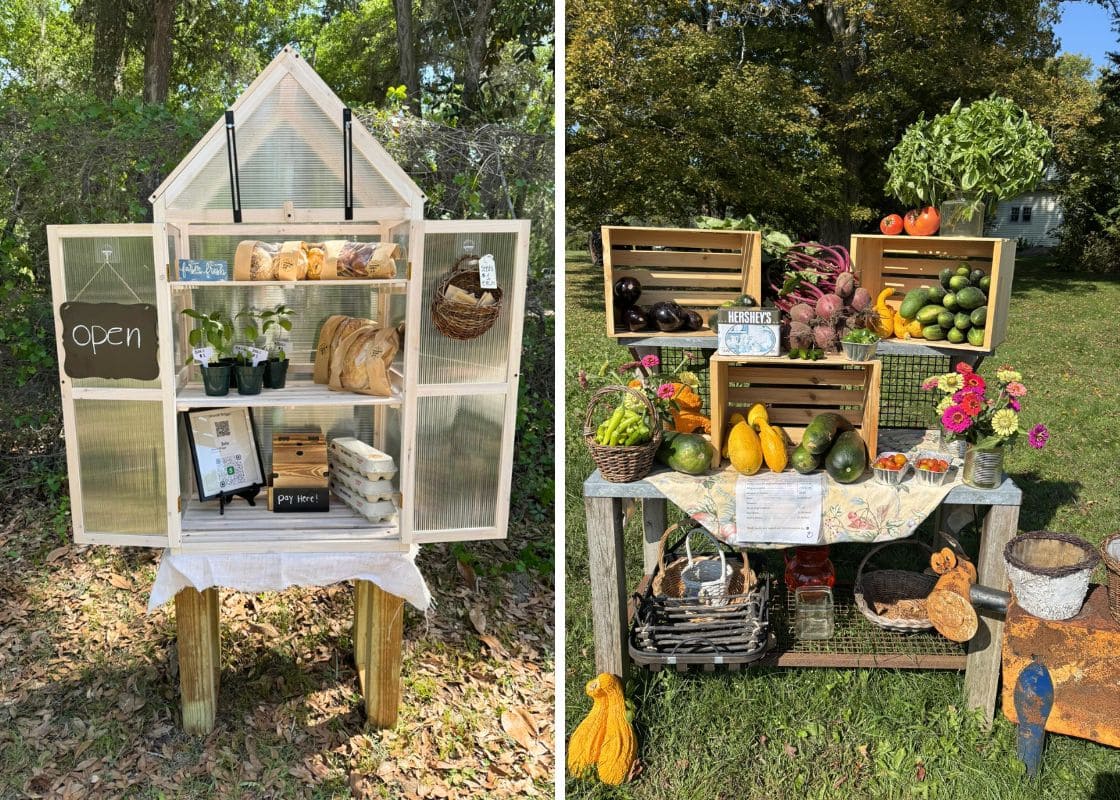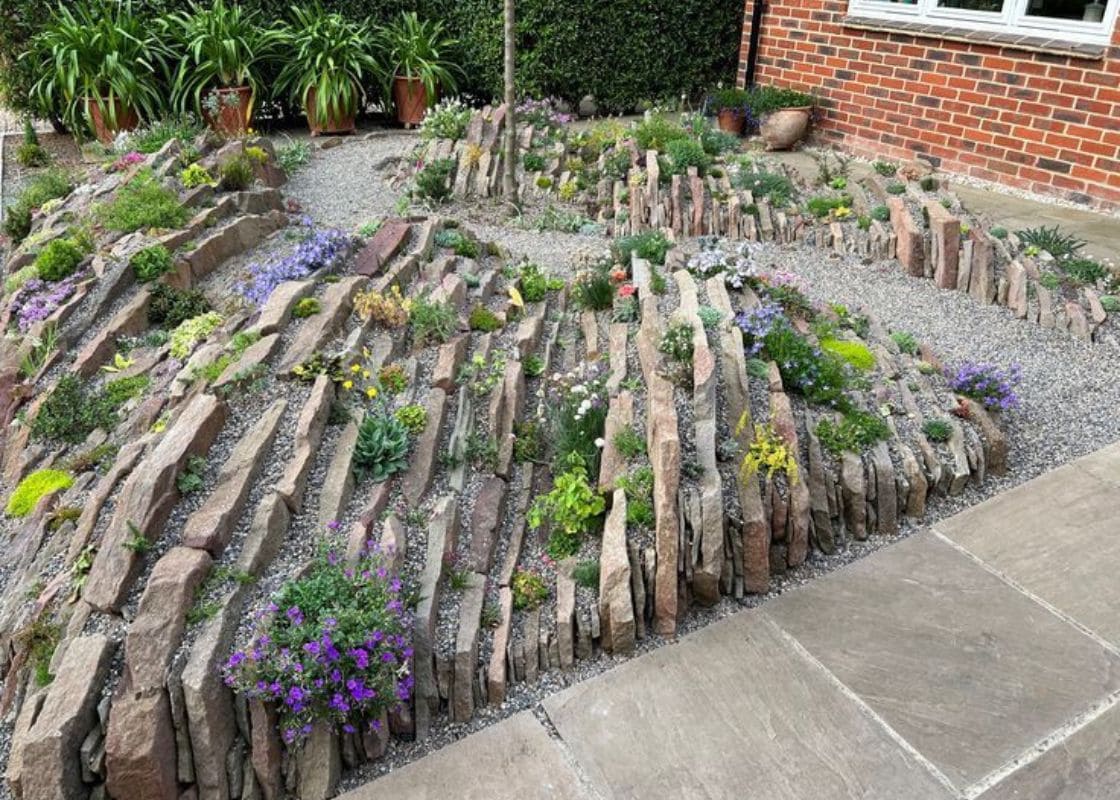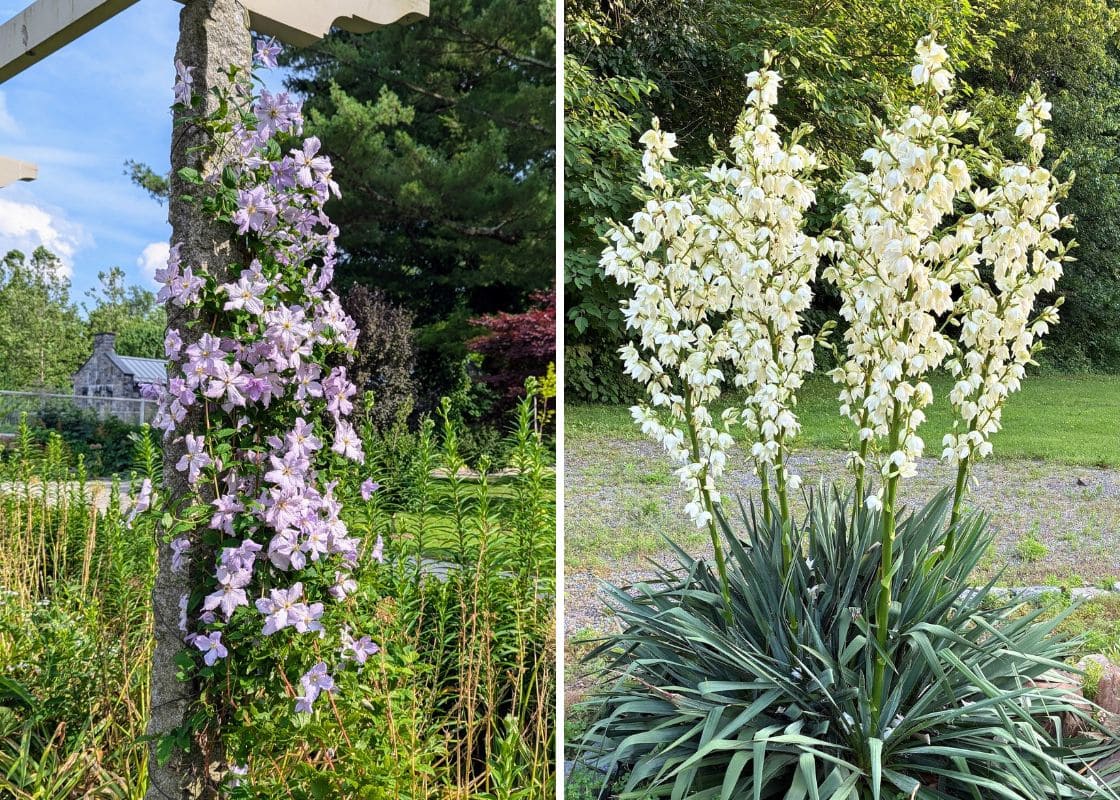I still remember the year I planted my first asparagus crowns. The soil was chilly, my hands were caked in mud, and I wasn’t entirely sure I was doing it right.
But I had hope and that’s really all you need to begin. Three seasons later, those skinny little roots turned into thick green spears, standing tall like rulers in spring. That’s when it clicked that some plants are more than just one-season wonders.
If you’ve ever wished for less replanting and more rewarding, low-maintenance beauty, you’re in the right place. These twelve plants are the kind that settle in, stay loyal, and get better with age.
1. Asparagus
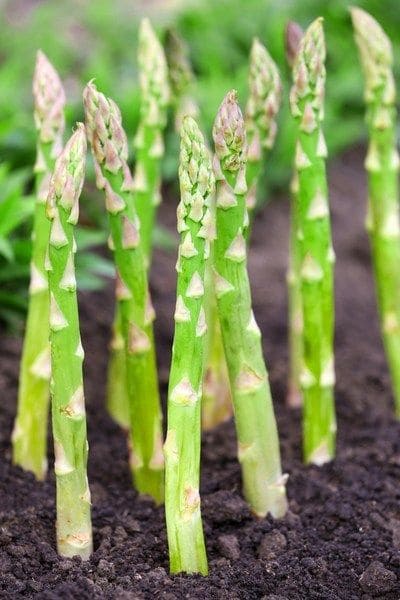
- Botanical name: Asparagus officinalis
- Lifespan: 15-20 years
- Soil type: Well-drained, rich in organic matter
- USDA zones: 3-8
Asparagus may test your patience at first as it takes a year or two to establish but once it settles in, you’ll have an early spring crop every year for two decades.
You should plant crowns in deep, fertile soil with plenty of compost mixed in. As the spears mature, resist harvesting them too heavily in year one.
You also give them time to develop a strong root system. Trust me, a little restraint in the beginning turns into a yearly asparagus bounty that feels like cheating.
2. Rhubarb
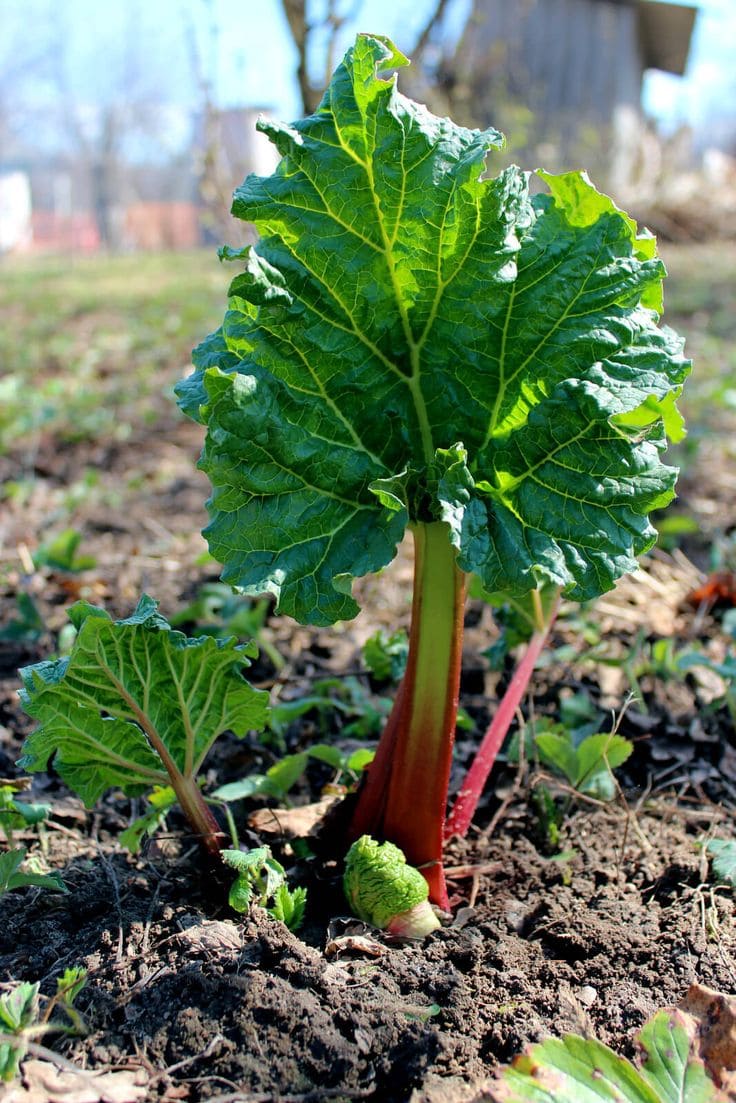
- Botanical name: Rheum rhabarbarum
- Lifespan: 10-15 years
- Soil type: Moist, well-drained, fertile
- USDA zones: 3-8
This tart perennial has a way of settling into a garden like it’s always belonged there. Once planted, it comes back stronger each year and with very little effort on your part.
You give it rich soil, full sun, and a good mulch in winter, and it will reward you with thick, crimson stalks perfect for pie or jam. You also just stick to the stems and let the plant rest after midsummer to restore energy for the following season.
3. Artichoke
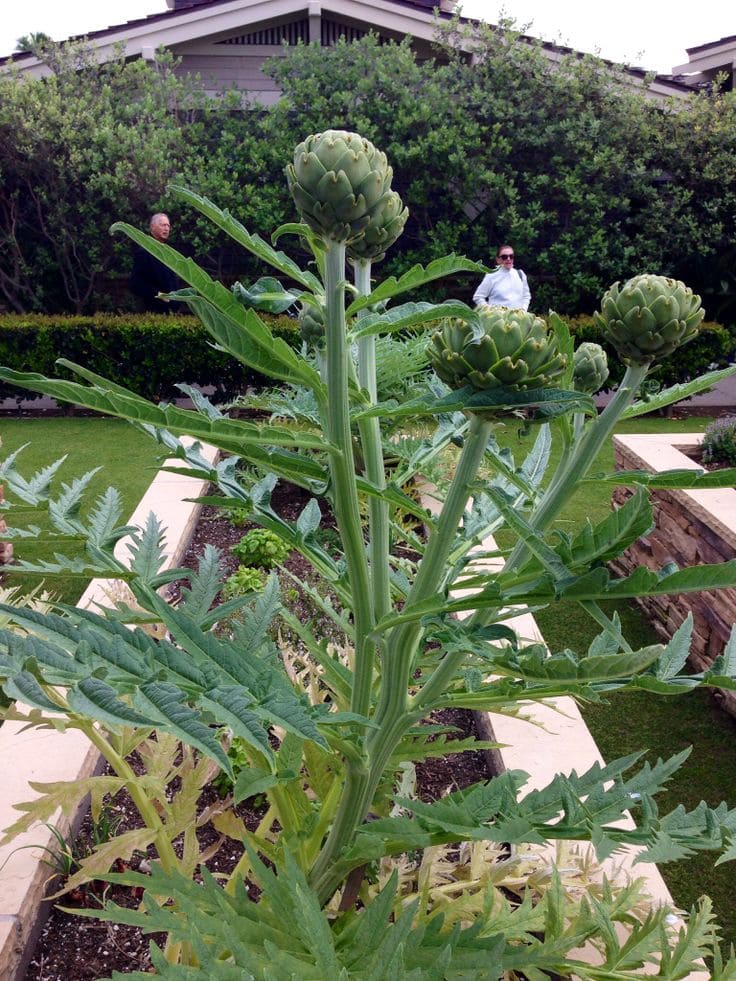
- Botanical name: Cynara scolymus
- Lifespan: 4-6 years in mild climates
- Soil type: Sandy, fertile, well-drained
- USDA zones: 7-11
If you live in a mild climate, artichokes might just be your garden’s showstopper. These thistle-like perennials are both stunning and productive, with silvery foliage and bold architectural flowers,
You plant them where they’ll get full sun and room to spread. They appreciate fertile soil and occasional deep watering.
If frost threatens in winter, cut them back and mulch heavily to protect the roots. With a bit of love, they’ll come back each spring with giant, edible blossoms fit for a feast.
4. Chives
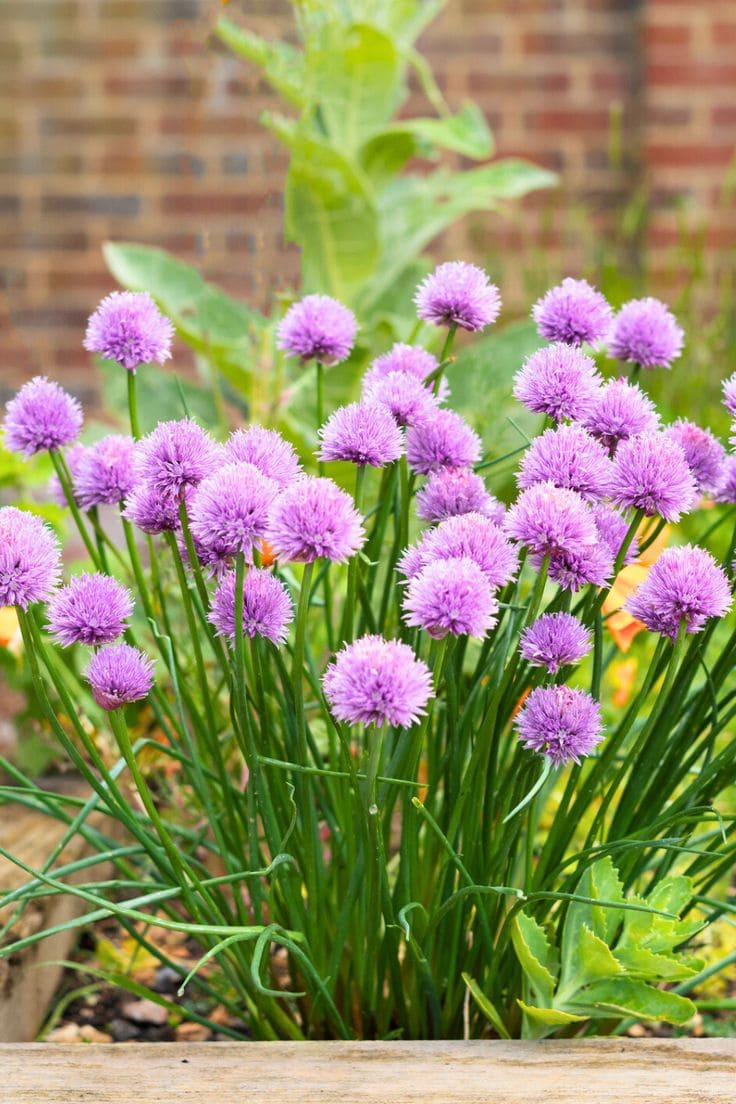
- Botanical name: Allium schoenoprasum
- Lifespan: 4-5 years (easily divides)
- Soil type: Loamy, well-drained
- USDA zones: 3-10
Chives are the quiet heroes of the herb garden, they are hardy, undemanding, and always ready to garnish a dish or attract pollinators with their cheerful purple blooms.
Once you plant a clump, they’ll multiply gently on their own and come back reliably each spring.
You can snip them nearly year-round in mild climates. Just give them a haircut when flower stalks fade, and they’ll bounce right back, then divide clumps every few years to keep them vibrant.
5. Sage
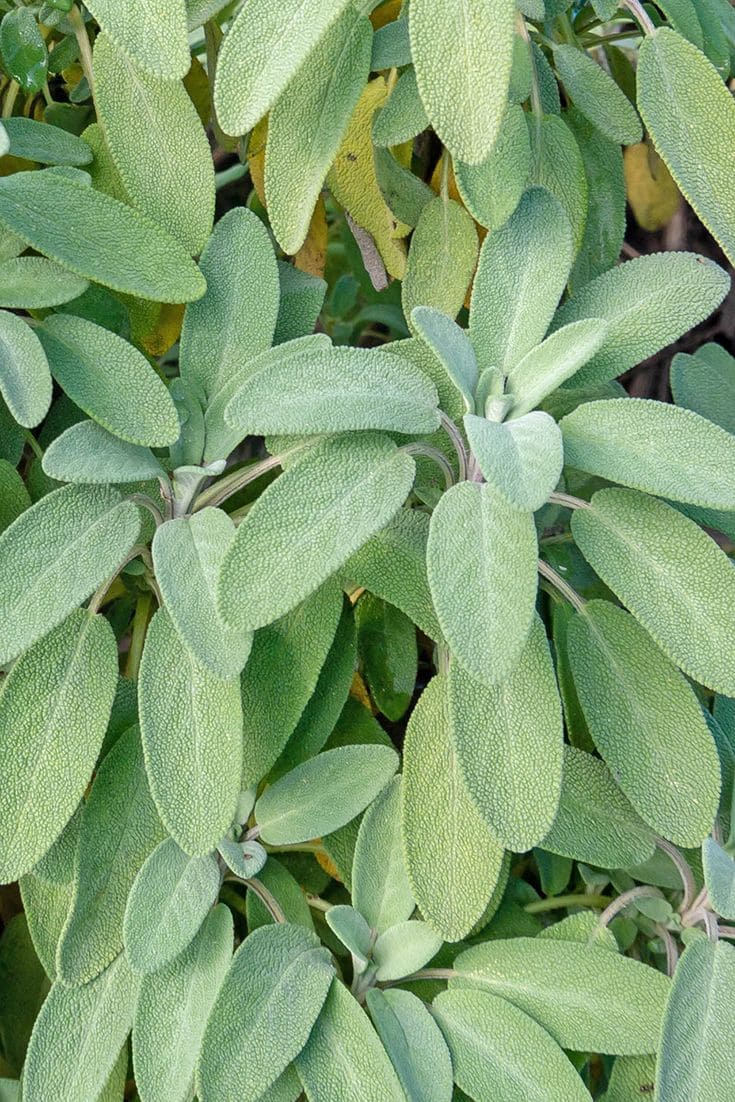
- Botanical name: Salvia officinalis
- Lifespan: 3-5 years
- Soil type: Sandy, well-drained
- USDA zones: 5-8
Sage isn’t just for Thanksgiving, it’s a year-round companion in the garden and kitchen. This woody herb prefers dry feet and plenty of sun, which makes it a great choice for a low-maintenance border or herb spiral.
Over time, sage can get a bit woody, so prune lightly after flowering to encourage soft new growth. I like to replant every 4-5 years from cuttings just to keep things fresh. But even without much care, sage persists.
6. Coneflower (Echinacea)

- Botanical name: Echinacea purpurea
- Lifespan: 5-10 years (self-seeds easily)
- Soil type: Loamy, well-drained
- USDA zones: 3-9
If you want color, pollinators, and medicinal properties all in one, coneflowers are your plant. These prairie natives bloom from summer to frost and can handle heat, drought, and clay soil like champs.
Echinacea self-seeds gently, so you might find new surprises each spring. Butterflies adore the blooms, and birds feast on the dried seed heads in winter.
Once planted, they’re mostly hands-off, with occasional deadheading and dividing every few years to maintain vigor.
7. Lavender
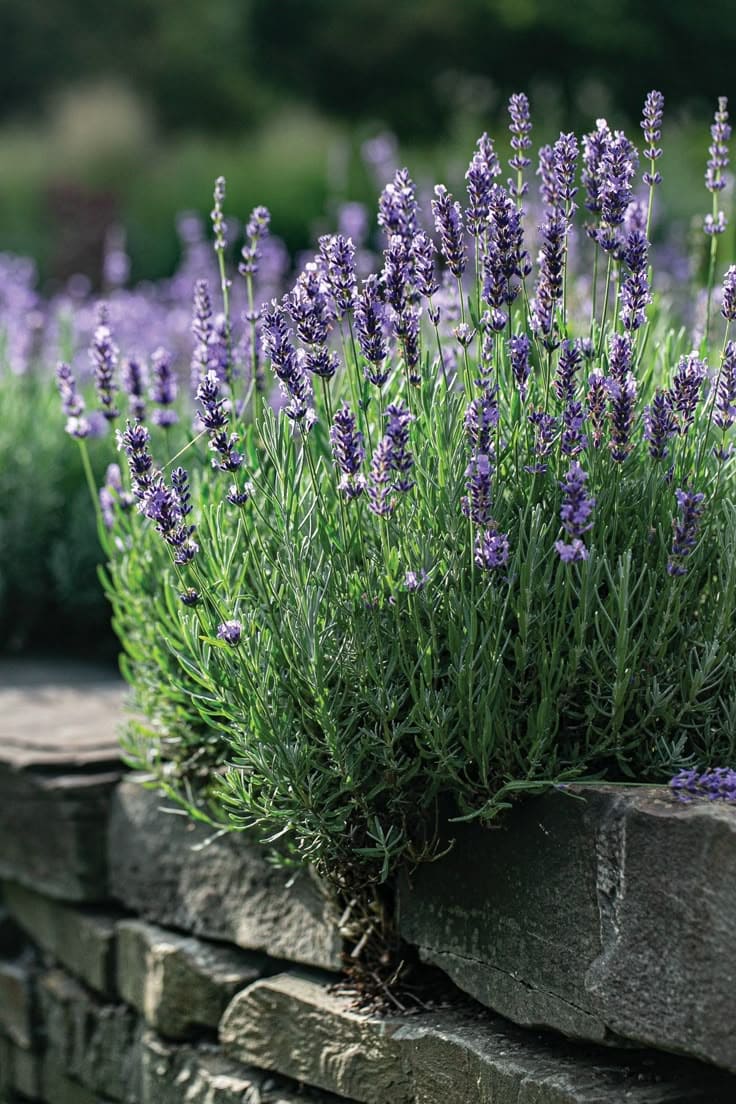
- Botanical name: Lavandula spp.
- Lifespan: 10-15 years
- Soil type: Sandy, slightly alkaline, well-drained
- USDA zones: 5-9
Lavender fills your garden with scent, silvery texture, and gentle color, and thrives on neglect once it’s established. In dry, sunny spots with well-draining soil, lavender can bloom beautifully for over a decade.
You need to trim it back by one-third after flowering to prevent woody growth and keep its shape. And avoid overwatering as lavender prefers to be a little thirsty.
Your payoff is armloads of fragrant blooms each summer for sachets, teas, bouquets, or simply brushing your fingers through on a morning walk.
8. Rosemary
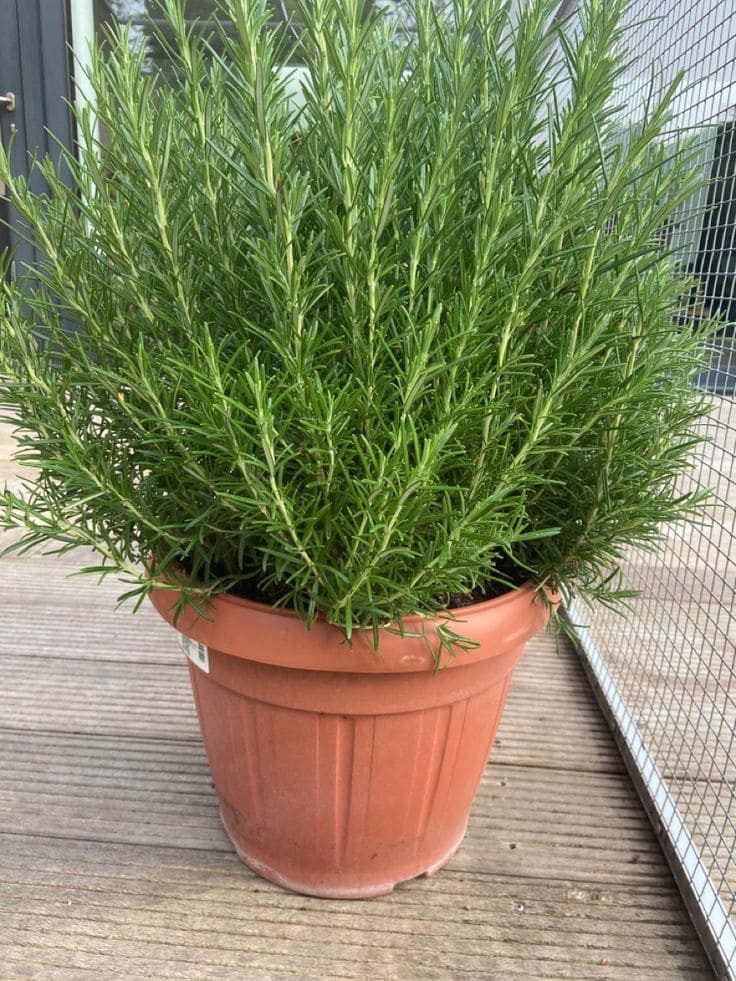
- Botanical name: Rosmarinus officinalis
- Lifespan: 15-20 years
- Soil type: Sandy or loamy, well-drained
- USDA zones: 7-10
Rosemary might be the toughest herb in your garden. Once rooted, it becomes a full shrub that thrives with sunlight, airflow, and a little benign neglect. Its piney aroma is unmistakable, and it’s equally at home in culinary dishes or as a decorative, fragrant hedge.
In colder zones, keep rosemary in a pot and bring it indoors for winter. You also want to prune lightly each spring to keep it bushy and accessible.
9. Blueberries
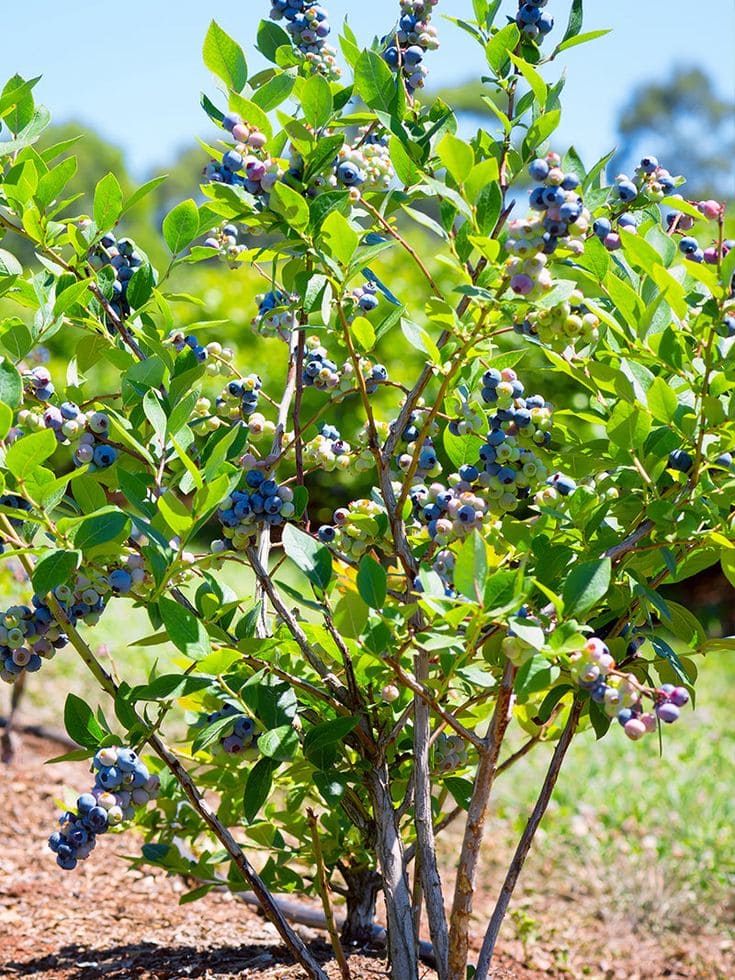
- Botanical name: Vaccinium spp.
- Lifespan: 20+ years
- Soil type: Acidic (pH 4.5–5.5), well-drained
- USDA zones: 3-7
Blueberries are an investment worth every second of prep. They need acidic soil, some patience, and a good mulch but in return, they give you decades of sweet, antioxidant-rich fruit every summer.
You should plant more than one variety for better yields and cross-pollination. Also, keep the soil moist, not soggy, and don’t fertilize too heavily.
Once you taste homegrown blueberries still warm from the sun, store-bought will never compare.
10. Peonies
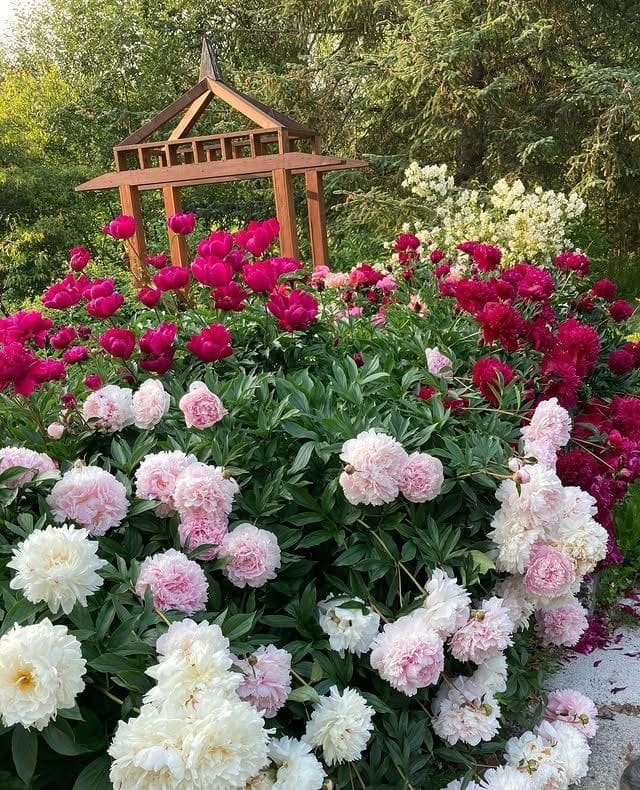
- Botanical name: Paeonia spp.
- Lifespan: 50-100 years
- Soil type: Loamy, fertile, well-drained
- USDA zones: 3-8
Peonies are the floral version of heirlooms. Some clumps have been passed down through generations, blooming brighter as they age.
They need time to establish and hate being moved but once settled, they’ll grace your garden with breathtaking blooms every spring.
You need to plant them shallow with buds no deeper than two inches underground. Too deep, and they’ll sulk.
With patience, you’ll be rewarded with layers of soft petals that feel like a luxury you didn’t have to earn.
11. Daylilies
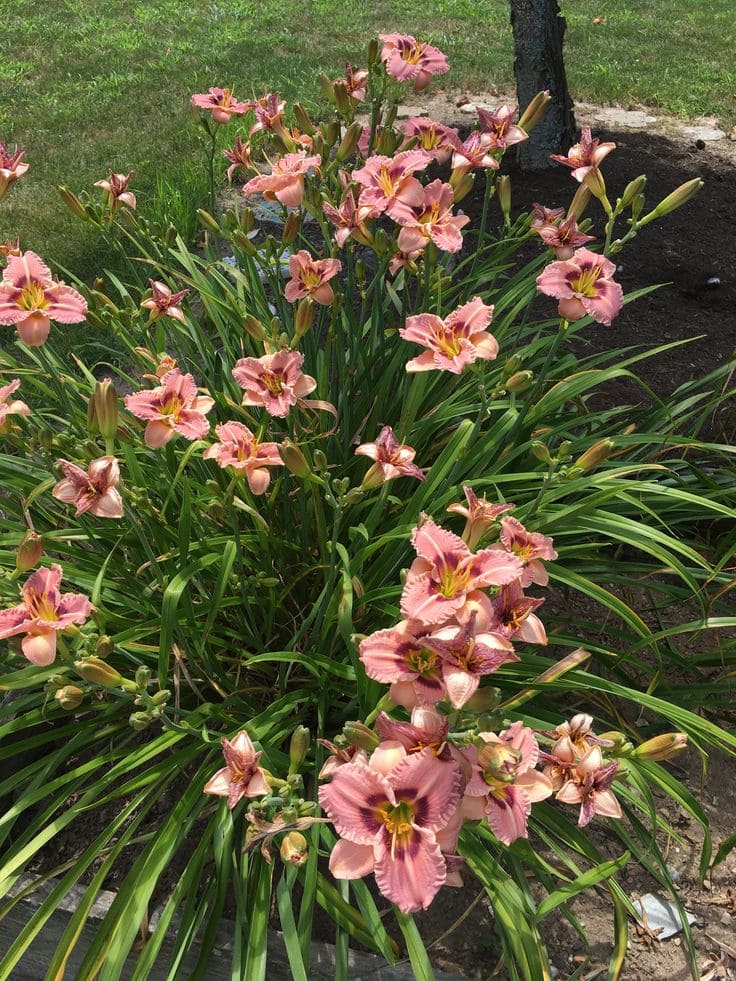
- Botanical name: Hemerocallis spp.
- Lifespan: 10-20 years (longer with division)
- Soil type: Adaptable, best in loamy soil
- USDA zones: 3-9
Daylilies are the ultimate low-effort flowering perennial. Even in poor soil, even in drought, even with a bit of neglect, they keep blooming. Each flower lasts just one day, but new ones open daily for weeks.
You can plant them for a riot of color, and divide every few years to keep them happy. They’re perfect for borders, erosion control, or lazy gardeners who still want a show.
12. Bay Laurel
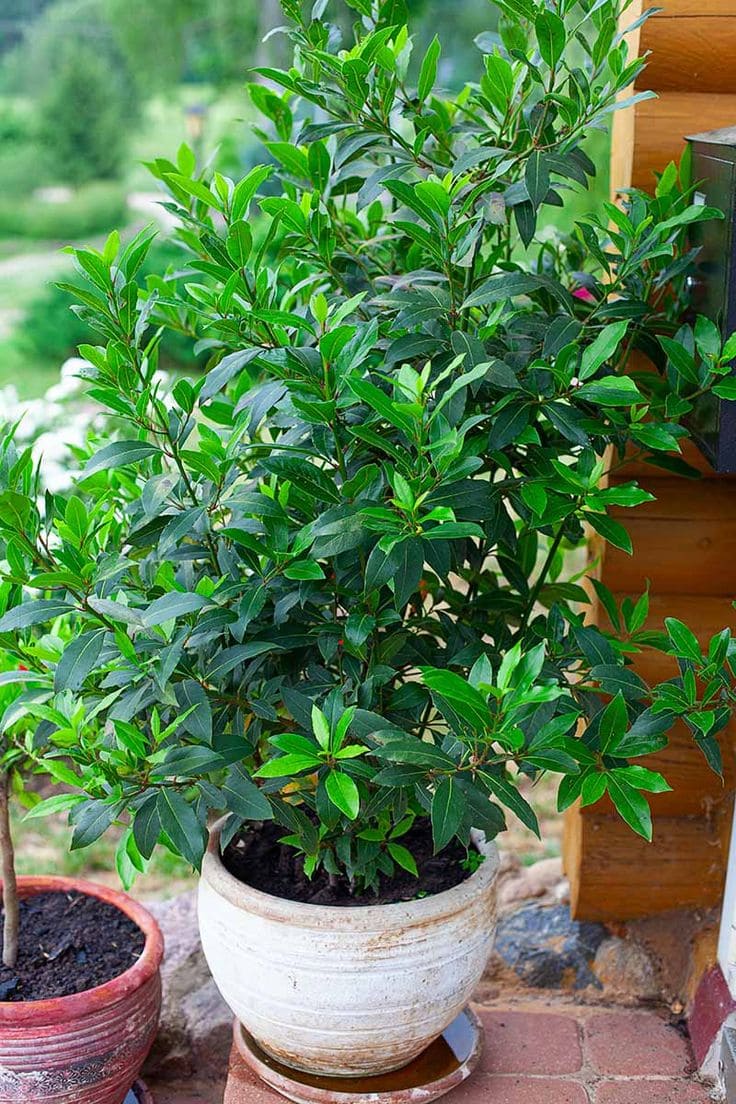
- Botanical name: Laurus nobilis
- Lifespan: 20-50 years
- Soil type: Rich, well-drained
- USDA zones: 8-10
Bay laurel is more than a culinary classic, it’s a slow-growing evergreen that doubles as a patio plant, privacy hedge, or formal topiary. The leaves flavor soups, stews, and sauces, but the plant itself adds structure and elegance.
In cooler climates, keep bay in a container and bring it indoors for winter. You should prune sparingly to shape, and it’ll reward you with steady, aromatic growth for decades.
